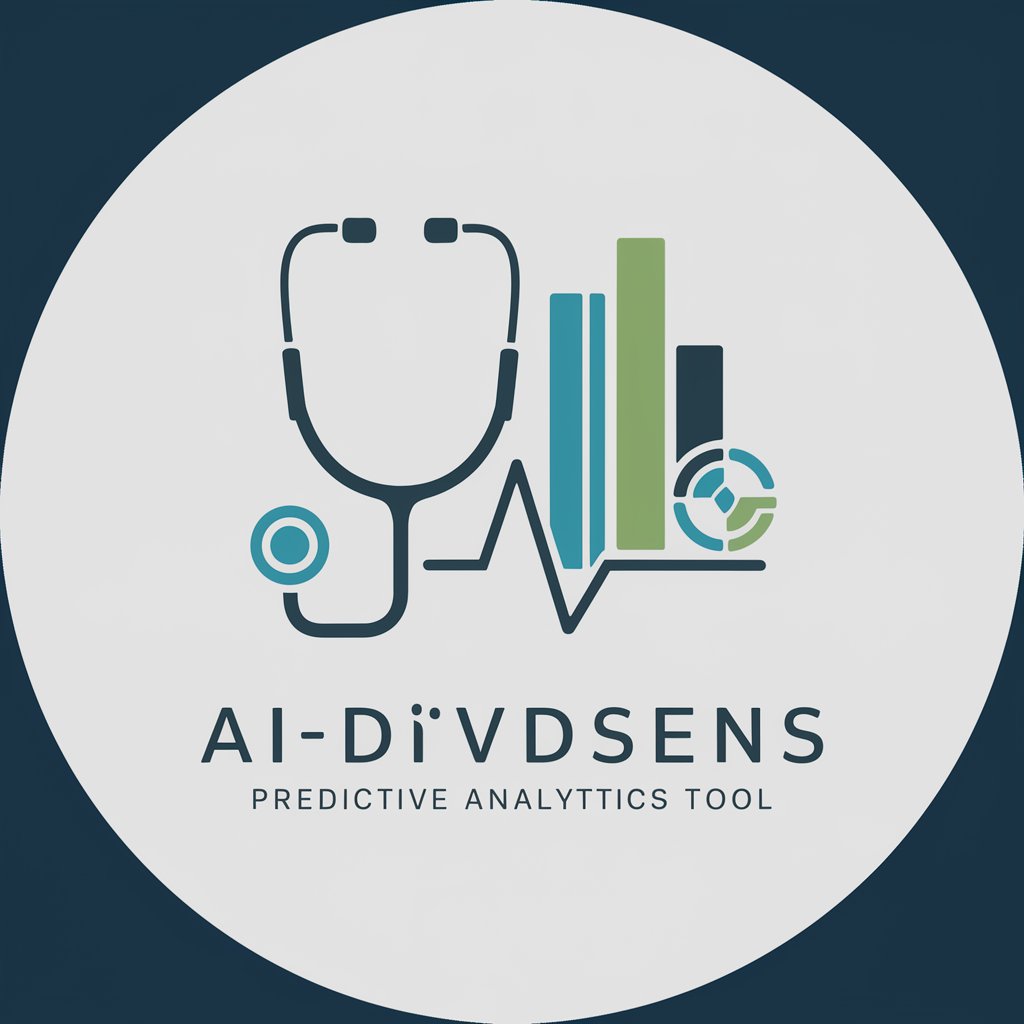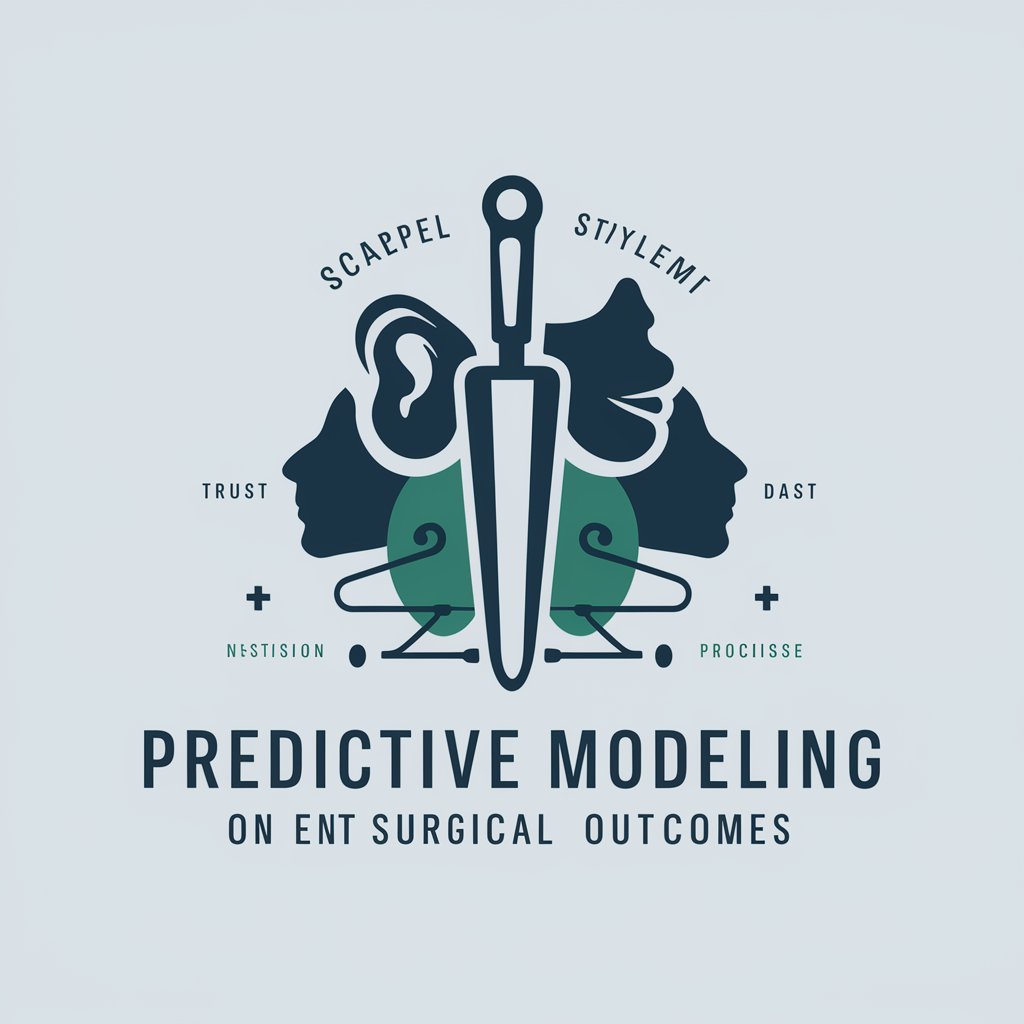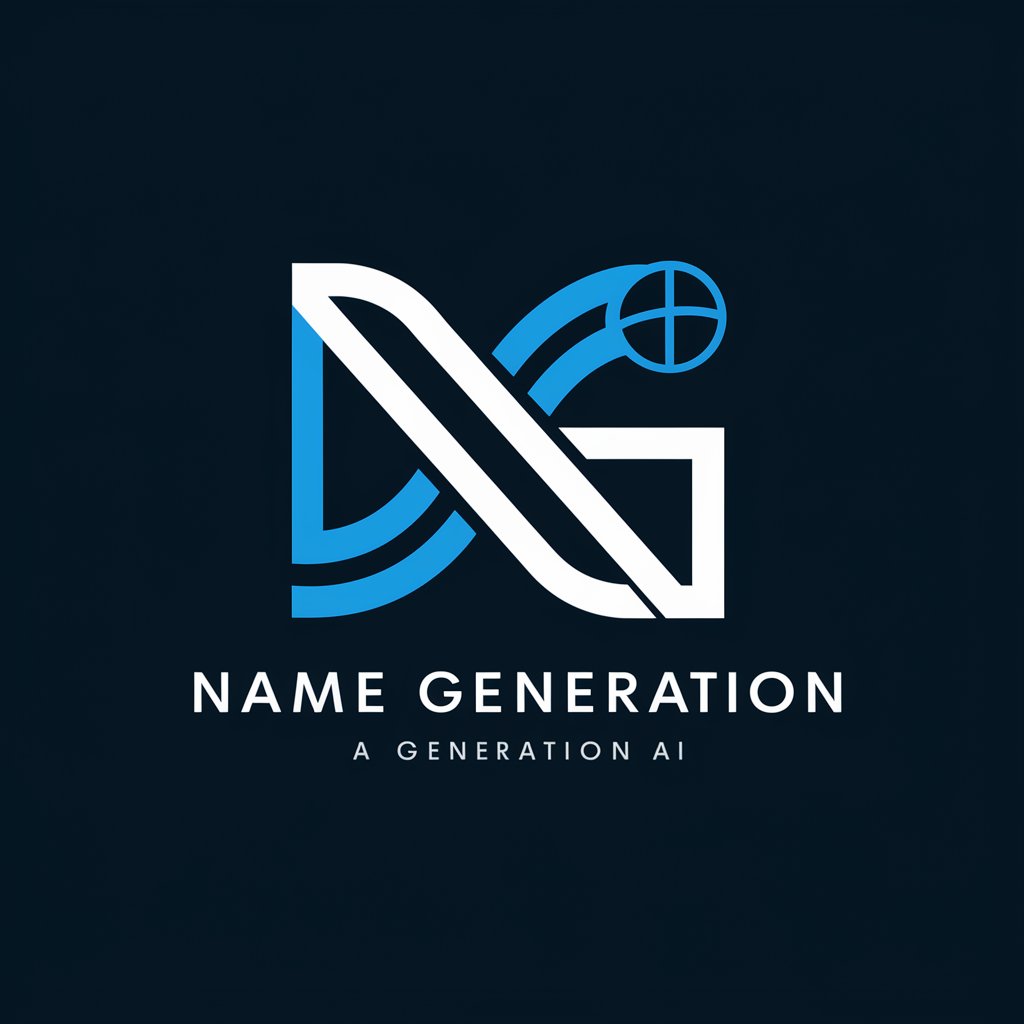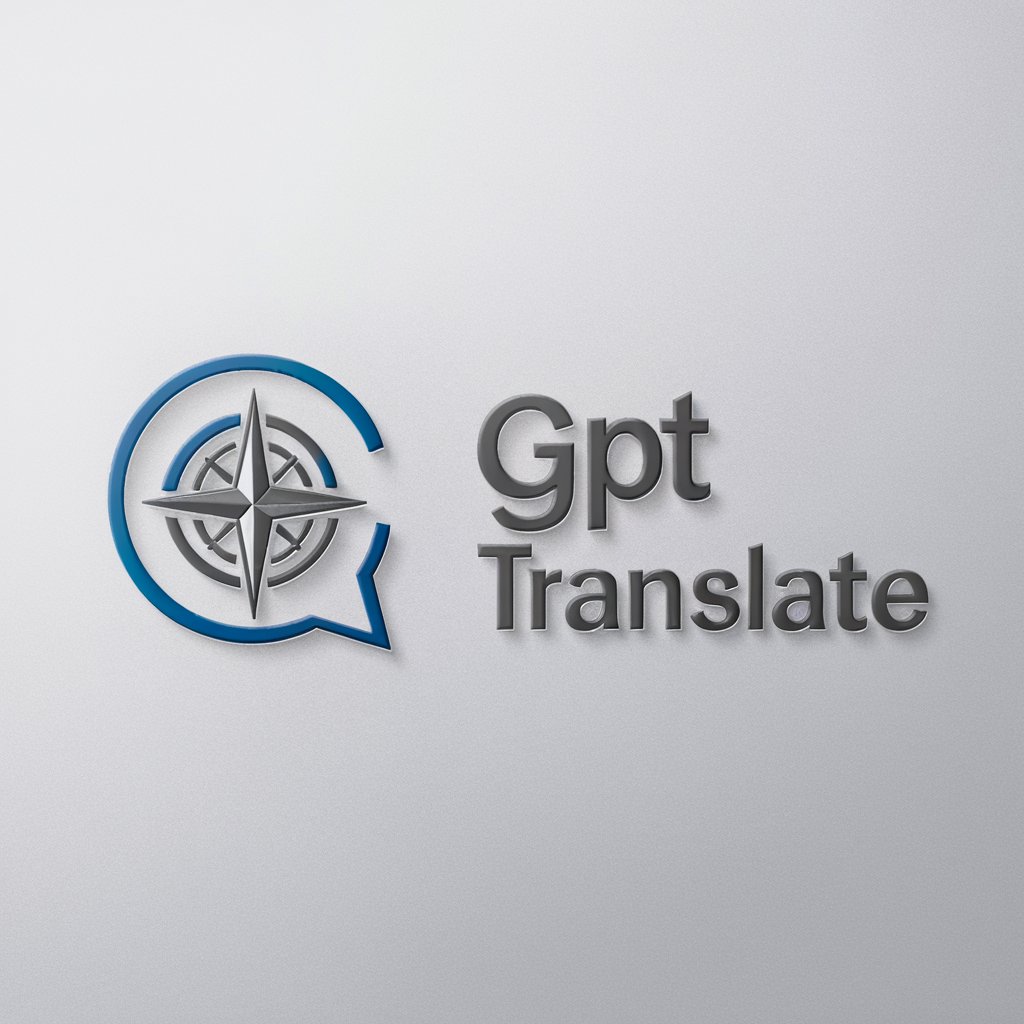
Predictive Analytics for Patient Outcomes - Predictive Patient Outcomes Analysis

Welcome! Let's predict better health outcomes together.
Transforming Data into Health Insights
Analyze the patient data to identify key risk factors for...
Predict the outcomes of the proposed treatment plan based on...
Identify trends in patient recovery rates over the past year...
Provide insights into preventive care measures for...
Get Embed Code
Overview of Predictive Analytics for Patient Outcomes
Predictive Analytics for Patient Outcomes is a specialized application designed to analyze healthcare data and predict patient outcomes. The primary focus is on identifying patterns and trends from large data sets to forecast future outcomes, manage patient risks, and enhance preventive care strategies. This analytical tool utilizes statistical techniques and machine learning models to process data from various sources like electronic health records (EHR), claims data, and patient surveys. For instance, by analyzing historical data of patients with diabetes, this tool can predict individual risk factors for complications such as retinopathy or cardiovascular disease, allowing healthcare providers to tailor interventions more effectively. Powered by ChatGPT-4o。

Core Functions and Real-World Applications
Risk Stratification
Example
Utilizing algorithms to score patient risk levels based on factors like age, medical history, and lifestyle.
Scenario
In a hospital setting, this function helps prioritize care management resources for high-risk patients, potentially reducing hospital readmissions by providing timely interventions.
Trend Analysis
Example
Analyzing trends in population health to identify outbreaks or shifts in disease prevalence.
Scenario
Public health officials use this analysis to allocate resources effectively during a flu outbreak, focusing on heavily impacted areas.
Outcome Prediction
Example
Predicting the likelihood of surgical complications based on pre-operative data.
Scenario
Surgeons use these predictions to discuss potential risks with patients and make informed decisions about proceeding with or altering surgical plans.
Target User Groups
Healthcare Providers
Doctors, nurses, and other clinical staff can use predictive analytics to make informed decisions about patient care, tailor treatments, and manage patient follow-ups more efficiently.
Healthcare Administrators
Administrators utilize these tools to optimize hospital operations, allocate resources, and improve overall healthcare delivery by predicting patient flow and resource needs.
Public Health Officials
These officials benefit from predictive analytics by monitoring health trends, preparing for epidemics, and managing public health interventions based on data-driven insights.

Using Predictive Analytics for Patient Outcomes
Step 1
Access a free trial without login by visiting yeschat.ai, avoiding the need for a ChatGPT Plus subscription.
Step 2
Identify the healthcare datasets you want to analyze, such as patient demographics, medical histories, or treatment outcomes. Ensure data quality for accurate predictions.
Step 3
Choose specific outcomes to predict, like disease progression, readmission risks, or treatment efficacy, based on the needs of your healthcare organization.
Step 4
Use the tool to perform data analysis, applying algorithms to uncover patterns and correlations that can predict future patient outcomes.
Step 5
Regularly update the data and refine the predictive models to improve accuracy. Utilize the insights for strategic decision-making and personalized patient care.
Try other advanced and practical GPTs
Census Explorer
AI-powered U.S. Census data exploration tool

Spanish Conjugation Coach
Master Spanish Verbs with AI-Powered Coaching

PhotoFilm
Smart Guide to Film Photography

Lord Tannenbaum
Revamp Your Tree with AI Expertise

Artistic Muse
Elevate Your Art with AI Wisdom

Synchron-Synchron-Umformer Q&A
Optimize power systems with AI-driven synchronization.

Predictive Modeling for ENT Surgical Outcomes
Predicting ENT Surgery Outcomes with AI

Stitch Please
Unleash Creativity with AI-Driven Embroidery

Image Renamer Pro
AI-driven precision for image renaming

Rename Helper
Bridging Cultures with Every Name

GPT Translate
Precision in every word, powered by AI

Français GPT 5
Empower Your Conversations with AI

FAQs about Predictive Analytics for Patient Outcomes
What is Predictive Analytics for Patient Outcomes?
It's a data-driven approach that uses advanced analytics and machine learning to predict future health outcomes based on historical data, helping healthcare providers make better clinical decisions.
How can predictive analytics improve patient care?
By predicting patient risks and outcomes, healthcare providers can tailor interventions more effectively, prioritize high-risk patients, and enhance preventive care strategies.
What types of data are needed for predictive analytics in healthcare?
Data such as patient demographics, medical histories, laboratory results, and treatment information are crucial for creating accurate predictive models.
Can predictive analytics be used for disease prevention?
Yes, it can identify risk factors for diseases early on, allowing for preventive measures to be taken before the condition worsens or even manifests.
How do healthcare organizations implement predictive analytics?
Organizations integrate it into their health information systems, train staff to use the tools effectively, and continuously update the data inputs and models to adapt to new information and trends.